I created this beef cuts diagram to sort out the cuts of the beef jigsaw in French and Italian! My biggest challenge when cooking French or Italian meat dishes in a foreign country is buying the proper cut of beef. While pork and lamb cuts are easier to recognize, it is not the same as beef cuts. Some pieces are universally known, while others are not.
Challenge of French and Italian meat dishes abroad
Shopping for meat when you have a recipe from another country is always a nightmare. Besides finding the correct name, different countries cut the beef in other portions and sizes.
In England, they tend to use more generic names for cuts of beef (usually larger), while the French, on the other hand, prefer to use more minor cuts and consequently have a wider variety of names, for example, the English Fillet in French becomes: Filet, Chateaubriand, Tournedos, Filets Mignon.
The same cuts of beef are also sold for various dishes worldwide; for example, cuts used for stews in one country are used for hamburgers in another.
Therefore, I spent some time sorting out the cut's names and cooking methods and created a beef cuts diagram that I could bring to the Supermarket with me.
Here I start with cuts for Barbecuing; the charts can be downloaded at the end of this post.


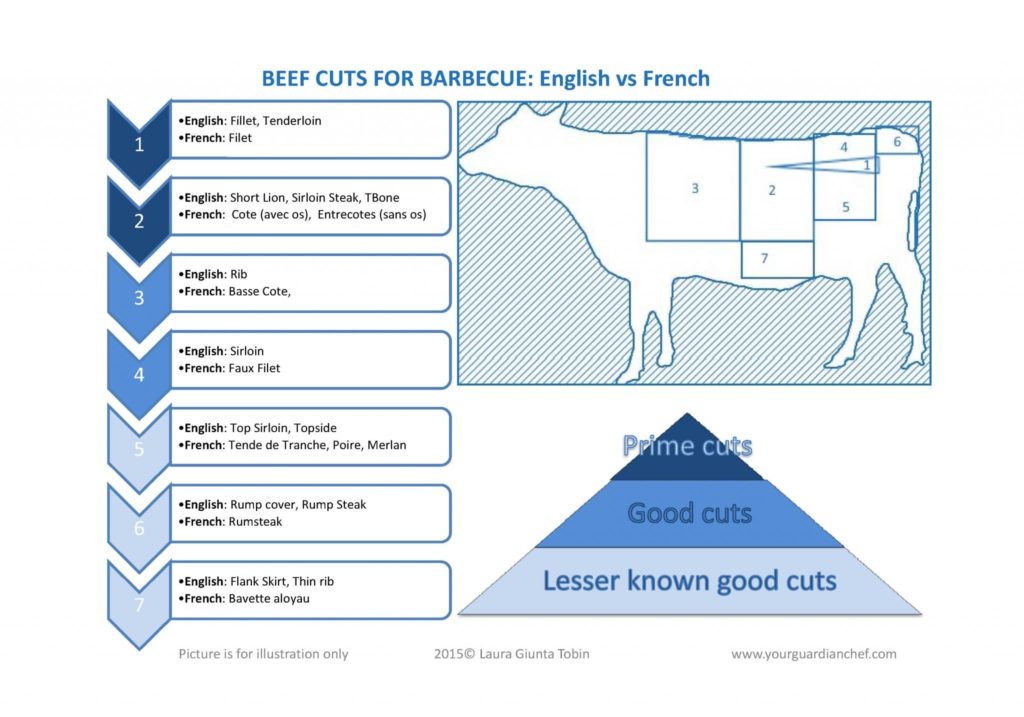
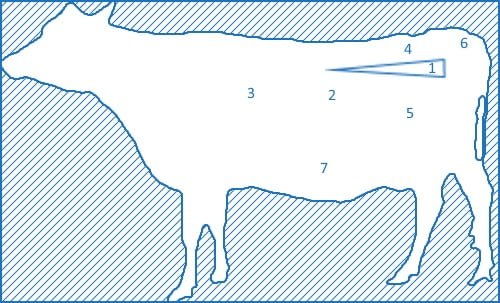
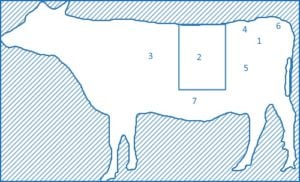
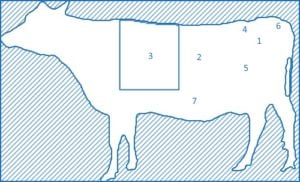
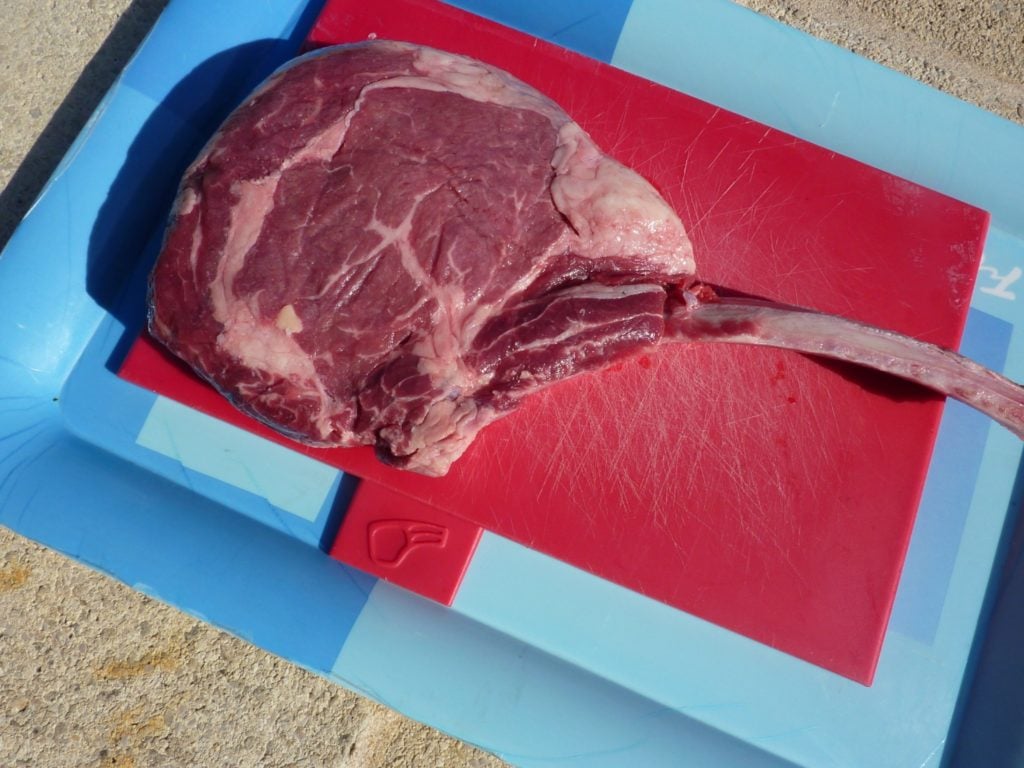
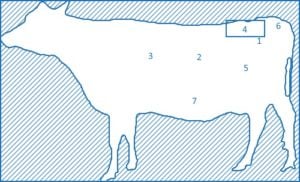
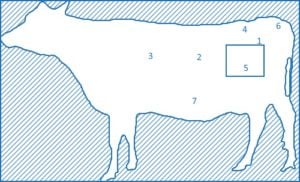
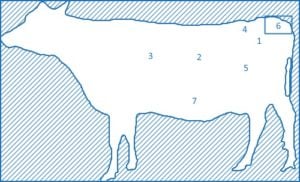
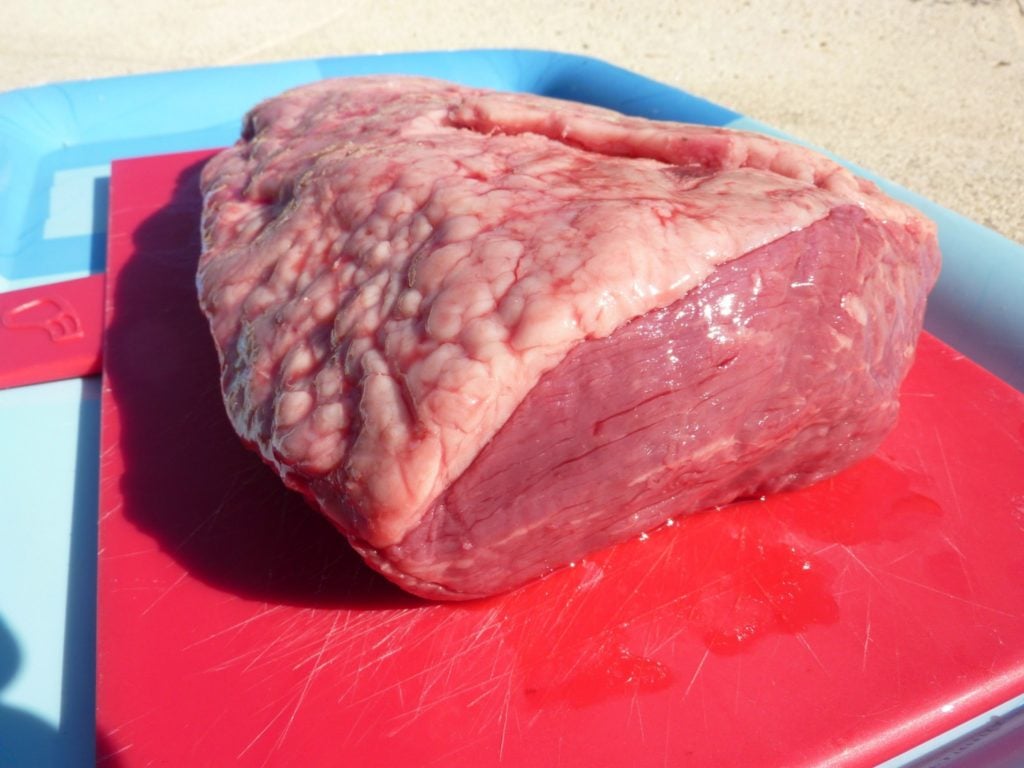

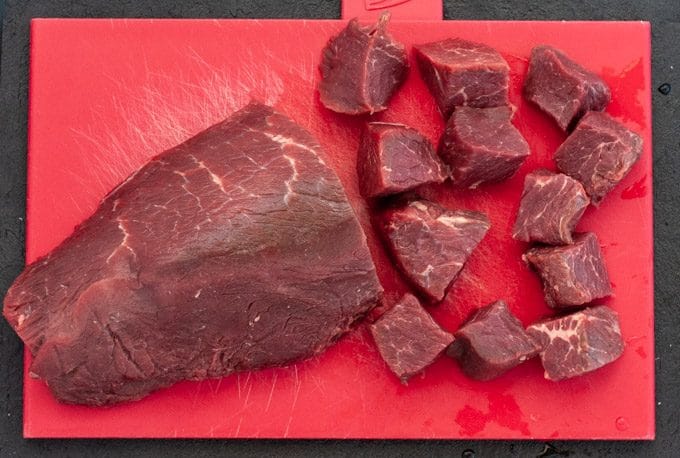
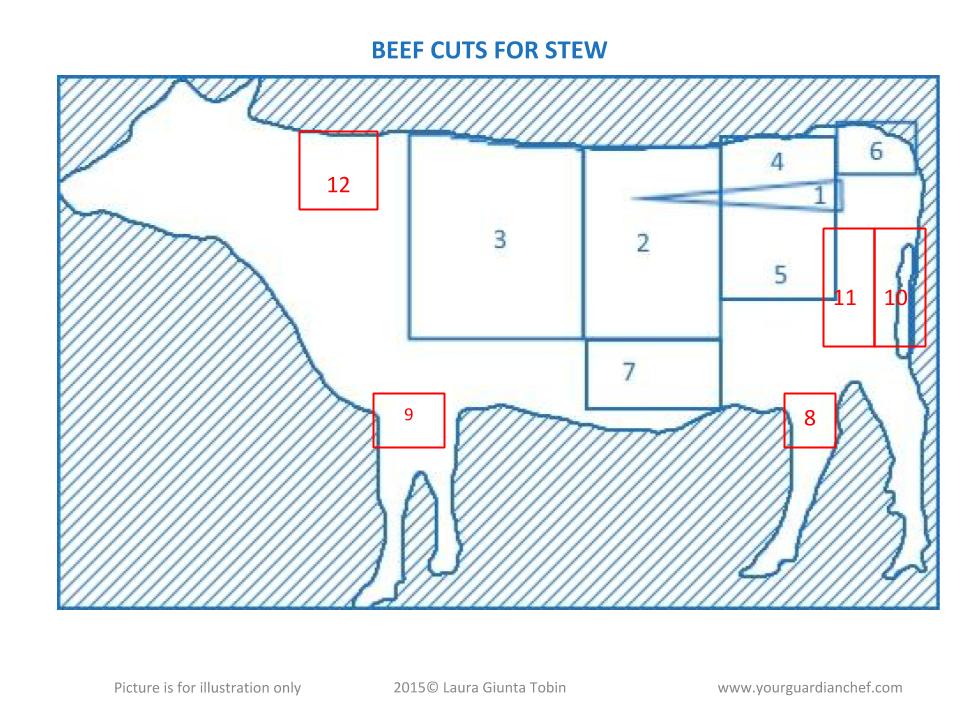
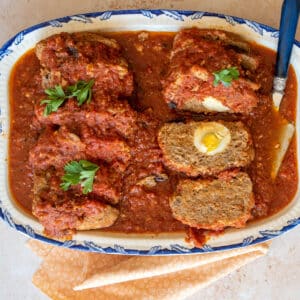
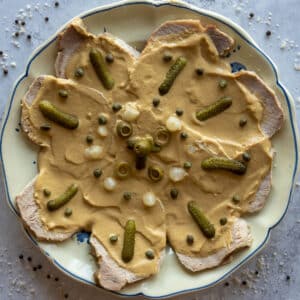
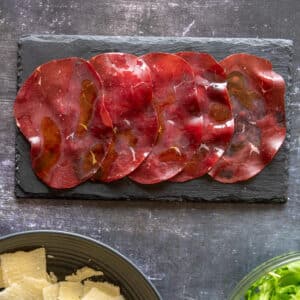
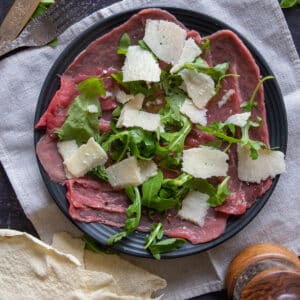
Anjie
Nice article, hope to see a similar one on lamb.
Laura
Thank you Anjie, Certainly many more articles to come on the subject
Livia
Great and interesting article Laura and very useful chart. I normally get lost in different countries (as well in different italian regions!) and end up cooking always the same cuts!
Marilys
Laura, excellent! I have seen many charts in the past, but unless you know what each cut is like, that does not help. You have provided exactly what I needed, a description of the meat itself by cut. Wonderful, thank you!
Gabriella
Hi. thanks for it, but it is still generic and very approximate. There are so many other cuts and different principle / way to cook them, while here there is no mention at all of what to use for rostbeaf, to make rolls, or "scaloppine", "cotolette", "carne in brodo", mince meat, different type of stew and so on. Wish it was.
Laura
Dear Gabriella,
Thank you for your feedback. The subject is so vast that it would take a full time job to cover all the cuts, the way to cook them and their respective recipes. The chart is intended for those living abroad who have a recipe in mind, and know which cut to buy in their own language but do not know what it is called in their host country. I started with the most common cuts of beef and will develop this chart further with time. In February I will publish a chart for fish and seafood.
Any feedback on what subject is more of interest will help me to prioritize!
Luna
Dear Laura,
RE: Beef Cuts for BBQ Italian vs French:
Thanks for the post. I needed to translate English to Italian for my personal use. The chart above is not easy to read. May I ask you to send it to me via e-mail.
Grazie,
Luna
Laura
Luna, thank you for your interest. The Beef chart and other useful charts are available to download only if you subscribe to my newsletter. You will find the form at the end of the article above. I send only 1 newsletter per week to keep my readers up to date with the recipes or videos I publish during the week, and if you like my blog you will find the newsletter very interesting. If you are concerned about your privacy you can read my Privacy Policy listed on the sign-up form. Follow me at least for 1 week and if you are not interested you can unsubscribe anytime.
Lena
It's amazing help! Thank you!
Laura
You are welcome!